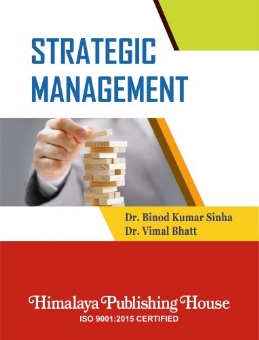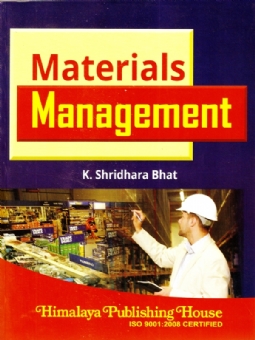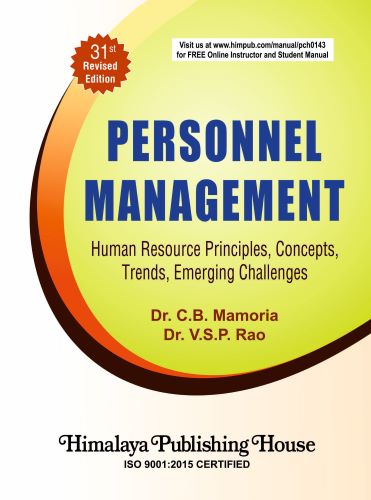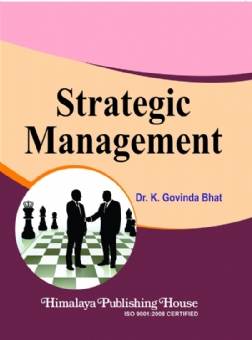The book explains various aspects of strategic management beginning with introduction and concepts in strategic management and strategic management process. Chapter 1 outlines development models in strategic management which includes Ansoff Strategic Success Paradigm, Henry Mintzberg Strategy as Craft Model, Peter Drucker Model on Management of Objectives and Michael Porter’s Competitive Advantages Model. The comparative analysis on different levels of strategy is also given for developing better understanding on strategic decision. In subsequent chapters, the book focuses on main function of strategic management, importance of environmental scanning, vision, mission and purpose of an organisations.
Chapter 4 gives an insight into political, economic, social, technological, environmental and legal factors (PESTEL) framework and scenario analysis. Chapter 5 discusses Porter five force model that allow a company to analyse the business environment, especially with respect to bargaining power of consumers, the threats posed by substitute products, the bargaining power of suppliers, the threats posed by new entrants and the completion among existing firms.
Chapters 6 and 7 focused on competitive and internal analysis. The subsequent five chapters deals with formulation of strategy at corporate and business levels. The implications of adopting a global strategy are brought out, and the significance of strategic analysis and choice is also highlighted. The subsequent chapters are focused on strategic implementation and functional strategies. Strategic leadership and control have also been discussed along with the importance of technology management and positive effects of designing a technology strategy.
The text book is having unique feature at the end of every chapter. The High Order Thinking Question (HOTQ) is included for making the students exposed to real corporate world. It is suggested to prepare answer or solution for the problem given in HOTQ. Model Questions on the pattern of University Examination.
The suggested or further reading part is included for students reference. This books’ will help the students in clarifying the doubts and strengthening the concepts as well. The case related to respective chapters are incorporated. After doing ample research with students of MBA and Strategic Management faculties in different B-Schools, the two cases, referring the chapter contents well, are included. The source of the case is given and it is expected by the students to go through the case and try to develop understanding and meaning of the chapter in the dimension of corporates.
The book having lots of real business examples in every chapter. The corporate world is in the process of a global transformation. Mergers, acquisitions, outsourcing and downsizing are becoming common word everywhere. Privatisation is allowing free enterprise to take on functions that previously were the domain of government. International boundaries are fading in importance as businesses take on a more global perspective and the technology of information age is telescoping the time it takes to communicate and make decision. Strategic Management takes a panoramic view of this changing corporate terrain and attempts to show how large and small firms can be more effective and efficient not only in today’s world but tomorrow as well.
Contents –
1. Strategic Management – Introduction and Overview
2. Strategic Intent: Vision, Mission and Objectives
3. Environmental Analysis
4. Michael Porter Industry Analysis – The Five Force Theory
5. Competitive Analysis
6. Internal Analysis
7. Corporate Level Strategies
8. Business Level Strategies
9. Strategic Analysis and Choice
10. Strategic Implementation
11. Structural Implementation
12. Behavioural Implementation
13. Functional and Operational Implementation
MCQs







